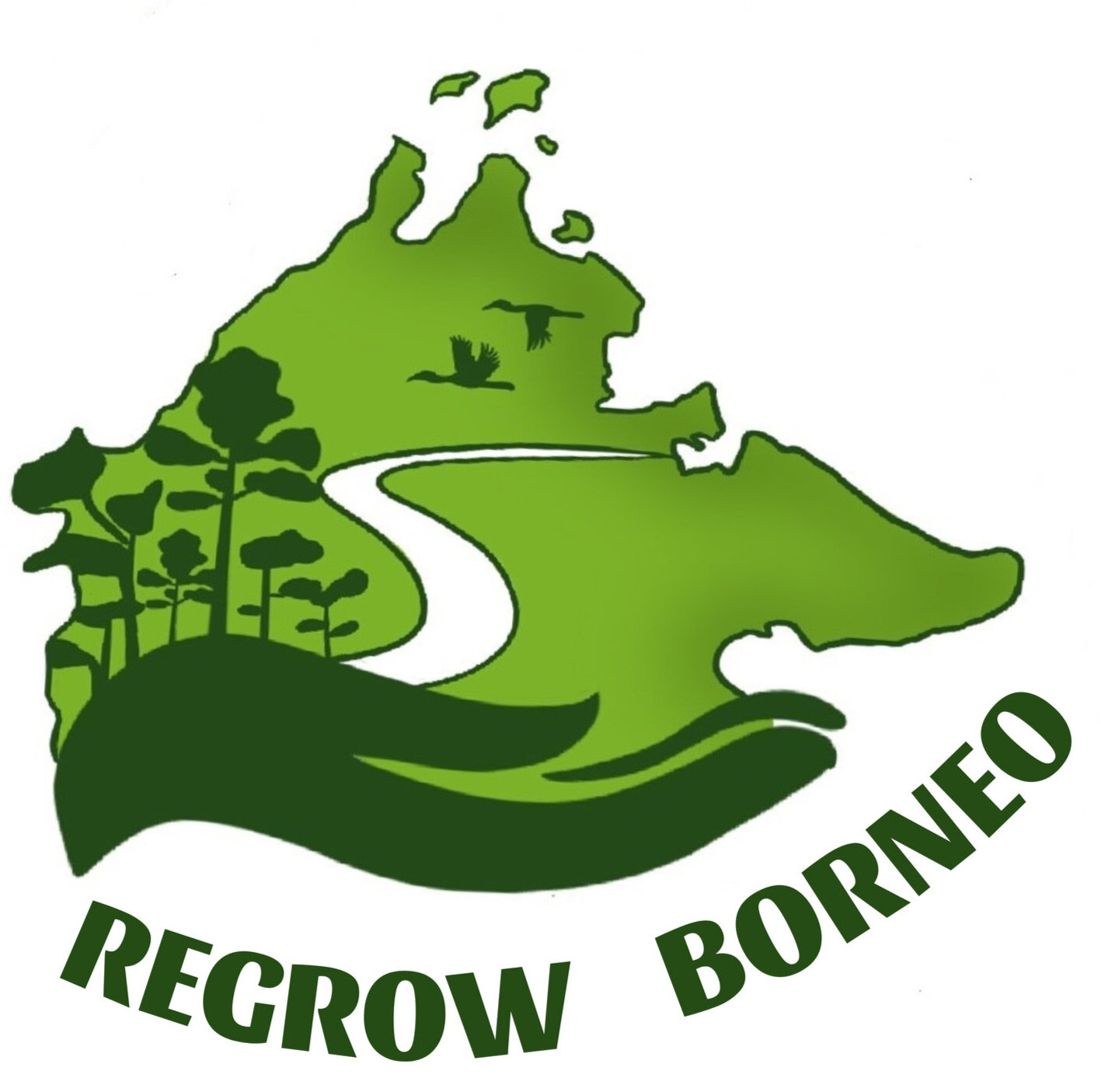Our work has started with the immense task of restoring the Kinabatangan Forest; the initial area identified by our partners covers 2,600 hectares (requiring an estimated 20 million trees). While we are not yet able to operate at this scale, we are ambitious!
This map shows the patterns of deforestation of the Kinabatangan from 1973-2014. Through time forest (green) is progressively replaced with other land uses, mostly oil palm agriculture (pink). The location of the Kinabatangan on the northern coast of Borneo can be found in the map on the top left.

What does Regrow Borneo Do?
-
Enhance Biodiversity
A healthy tropical forest has a wide variety of species of plants and animals. An increase in this variety will be a measure of success of our restoration project.
-
Advance Scientific Understanding of Reforestation
We conduct scientific investigations of the social, ecological, and environmental processes that can enhance effective ecological restoration
-
Support Local Livelihoods
We work with communities to ensure that restoration supports their goals and ensure people are paid a fair and equal wage
-
Sequester Carbon
Trees and tropical soils store carbon within their structures and can suck carbon out of the atmosphere. We will measure these processes and their potential effects on climate change
Where we work
Regrow Borneo is a UK-based charity with strong links to Cardiff University.
The project plants trees in the Lower Kinabatangan Wildlife Sanctuary, Sabah, Malaysia. Since the 1980s, three quarters of the area’s tropical rainforest has been lost to deforestation, largely from the expansion of palm oil plantations. This has “fragmented” the forest, reducing the habitat available for wildlife, including threatened species such as the Orangutan, Proboscis Monkey, and Pygmy Elephant.





